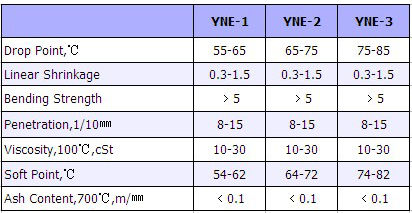China supplier OEM Precision Casting Wax Export to Bulgaria
Short Description:
Product Detail
Product Tags
China supplier OEM Precision Casting Wax Export to Bulgaria Detail:
Precision Casting Wax mainly is used for precision mechanical process with zero allowance or very limited allowance. We can not adopt general casting technique, but can only adopt zero allowance casting or precision casting. Because of the product’s structure is very delicate and complex especially in bejeweled with golden and silver, such as diamond ring, brooch, earring etc.
The characteristics of precision casting wax are: good coating property, no denaturalization to be heated, good flow ability, good thermal stability, and well surface finish.
Product detail pictures:

We generally continually give you quite possibly the most conscientious shopper company, and the widest variety of designs and styles with finest materials. These endeavours include the availability of customized designs with speed and dispatch for China supplier OEM Precision Casting Wax Export to Bulgaria, The product will supply to all over the world, such as: Latvia , Puerto Rico , Gambia , We have advanced production technology, and pursuit innovative in goods. At the same time, the good service has enhanced the good reputation. We believe that as long as you understand our product, you need to be willing to become partners with us. Looking forward to your inquiry.
Multi-functional HL-BY01 washing machine
1.This type of product is suitable for home use
2.Can clean air conditioning
3.Can be equipped with guns or pistols (only one)
4.Can use liquid soap bottles, the industry’s leading high-pressure spray foam
5.Automatic stop function
6.The motor has a temperature control switch, and the motor is automatically shut down when heating.
Zhengzhou Yuhuo Machinery Co.,Ltd
Website: https://www.yuhuimachinery.com/
https://zzyh.en.alibaba.com/
Gmail : zzyhmachinery@gmail.com
Tel:8618625531588
Part 1 of 3. Coolant contamination results in water pump failure and potential failure of the entire cooling system.







